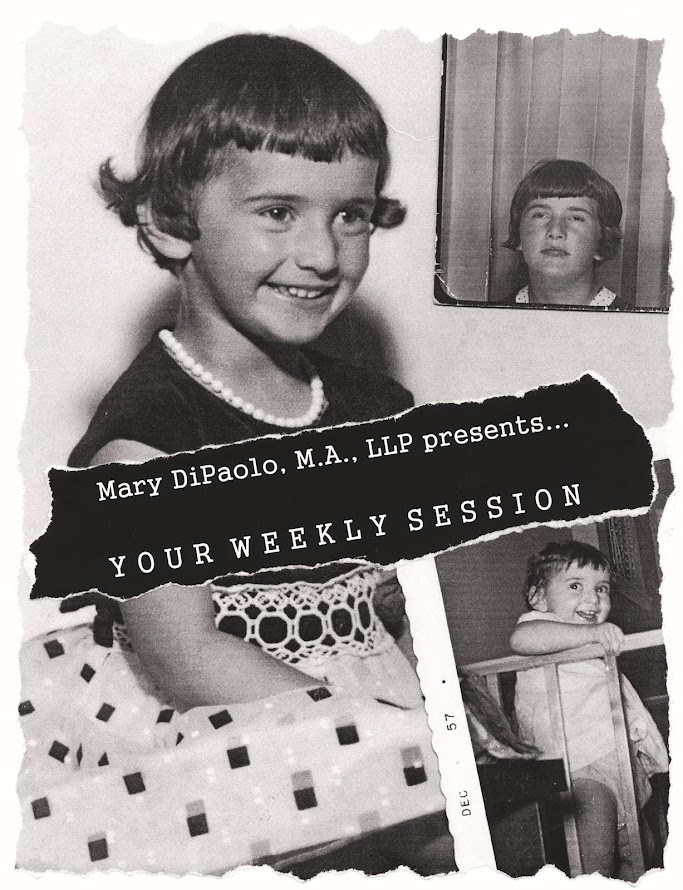What is ambivalence? Well, it's what 99.999% of us on this planet are experiencing right now as we struggle with (1) Covid-19, (2) violence in the streets, (3) election-related "drama", (4) personal economic hardship, (5) kids who can't handle "virtual" learning well at all, (6) active addicts who are being suddenly "detoxed" against their will because their vice-venues-of-choice are no longer open....and all else that has turned our genuine sense of "Who am I/how am I/what am I to do now?!" upside down and sideways!
When Hamlet recited those famous words, "To be...or not to be...that is the question..", he was talking about his own deepest struggles with ambivalence. When we don't know what we are to do when we are stuck with highly conflicted thoughts and feelings about (you name it!)----that's ambivalence in action. In Hamlet's case, he was contemplating his own death...and by his own hand.
Back when borderline personality disorder was being introduced into the public domain, one of the first books published about this particular personality disorder was entitled "I Hate You...Don't Leave Me!" That title says it all when it comes to understanding ambivalence in the context of our close personal relationships. We may absolutely hate someone, but at the same time we absolutely can't be left alone either. Notice I put the focus on "left alone" as I typed that---not "left alone without so-and-so person in my life"! That's what makes borderlines unique from your run-of-the-mill ambivalence sufferer. BPD'ers treat people like objects (including themselves of course!), so it's not the person that (note: THAT...not "who"!) will be missed if they leave, so much as it is the idea of a "body" not being on deck to fill up the BPD'ers daily need bucket on demand. But I digress...back to ambivalence and the focus of today's blog post!
In his online article "Is Ambivalence a Hidden Factor in Much of Human Misery?", author Peter Michaelson points out that ambivalence is "a tortured state of mind that involves failing to reach a coherent point of view on a subject one feels strongly about. This psychological impasse contains elements of indecision, cynicism, confusion, and mixed feelings." What Michaelson adds is that under its influence, a person "hovers in pronounced self-doubt, unable to feel or even to imagine a genuine or authentic self capable of assuming inner authority." BINGO!
I am reminded of a former client who kept meeting the same "boyfriend" repeatedly after she became widowed. In spite of meeting and dating several "decent" guys who she ultimately found "boring", this woman chose men (as boyfriends) who were sex addicts. Don't balk. It's a thing for many women to find themselves "attracted" to without realizing (and we won't go there today about childhood sexual abuse survivors and their own inner "pull" towards the sex-addict-as-partner once they grow up!).
In her case, these relationships she chose repeatedly ended with "shocking betrayals" to do with all things sex and/or sex-related (cross dressing, disturbing pornography, chronic masturbation to pornography, infidelity with one or more partners, invitation to be involved in sexual paraphilia-related activities, etc.).
And nobody figured out what was going on from a sex addiction angle? Sheesh! That's ambivalence for you!
As Michaelson reminds us, ambivalence is not ambiguity. It's not like one of those optical illusion portraits where you can't tell if you are looking at a group of ladies sitting down for tea, or a human skull. And in spite of humanity struggling with indecision or mixed feelings as a general rule when we do, that's not what ambivalence is either. Indecision and mixed feelings do not typically involve misery and suffering! When we have an issue, problem, or opportunity---we focus on solving, resolving, dissolving, or pursuing whatever "it" is that requires appropriate and timely action on our own part. We process what we face with an objective mindset and rational thought so we can come to a reasonable and effective solution, resolution, or "next step" action. This is "normal". With ambivalence, however, we don't think through our "issues" or our "problems" or even our own "opportunities" rationally; instead, we default to viewing these situations, circumstances, and people through the lens of our own unresolved inner conflict(s)!
People who struggle with ambivalence as an inner state of being often do seek other people who are also this way. As pointed out in Michaelson's article, "by enlisting another person to share their confusion, they are able to lessen the inner guilt they feel for chronically experiencing situations as if they are being pushed into a passive corner. "See, others feel this way too!" is their inner defense claim." No sh** Sherlock! I have met these people in my life and times. Heck, I've been one of these people in my life and times with my own inner circle "peeps".
Ambivalence truly is its own brand of inner passivity. It is part of our human condition involving the "unconscious willingness" and determination to identify with our own weakened sense of self. We love ourselves, but we hate ourselves too. (Geez, sound familiar?!) This disconnect from ourselves lead us to struggle with chronic self-doubt and self-alienation when and as we do.
It is a fascinating topic for those of us who want to know better in order to do better in our own lives. Check out Peter Michaelson's article online: "Is Ambivalence a Hidden Factor in Much of Human Misery?". It's worth the read.
Until next post...
